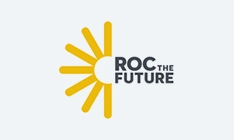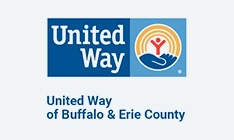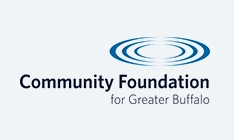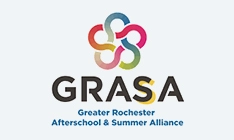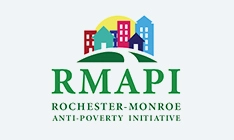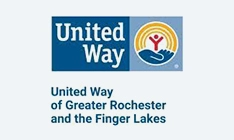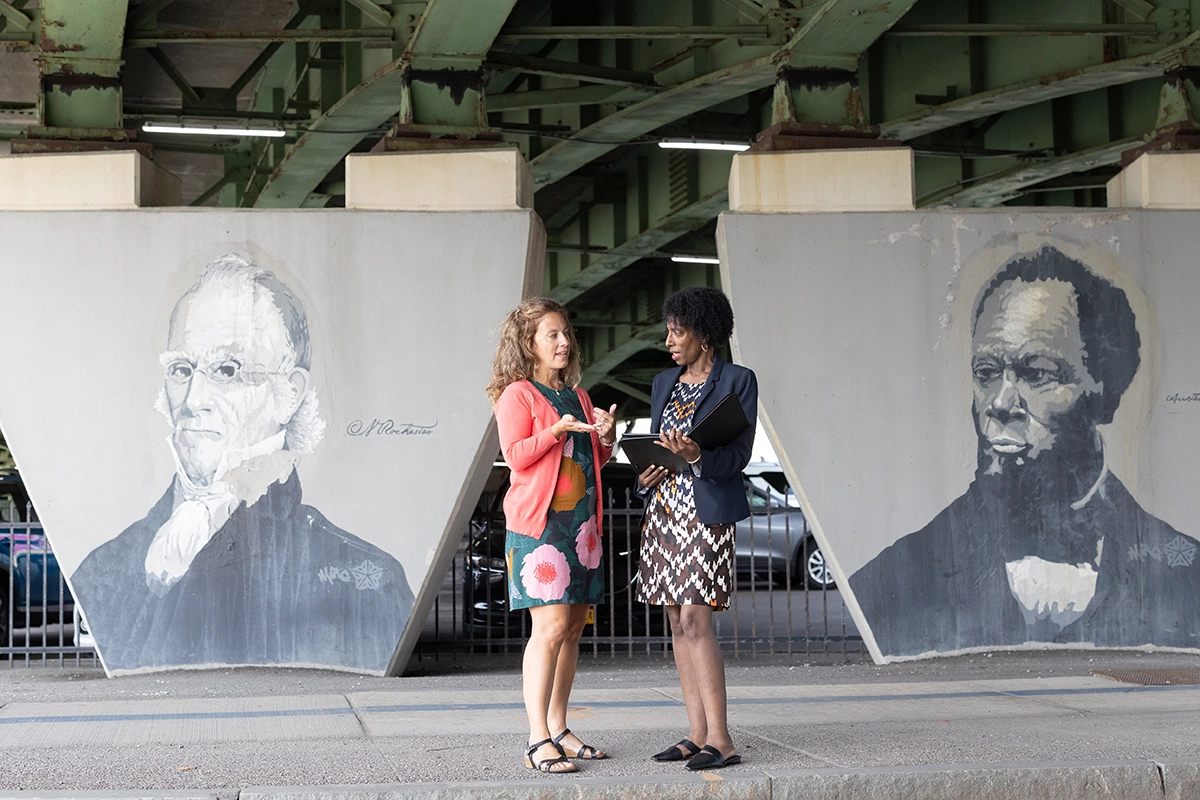
The complex problems communities face today – poverty, structural racism, environmental degradation – cannot be solved by individuals or organizations acting on their own. They require cross-sector problem-solving, so communities increasingly turn to collaborative structures. This includes collective impact initiatives using the five key conditions (common agenda, shared measurement, mutually reinforcing activities, continuous communication and backbone support) but also a variety of other structures that bring together leaders and key constituents to work across sectors and systems. CGR’s expertise in data, measurement, community engagement, strategy and a variety of other capacities help community collectives to organize, inform, focus and measure their work and impact.
Featured Work
Creating a Coordinated Out-of-School/In-School Time System
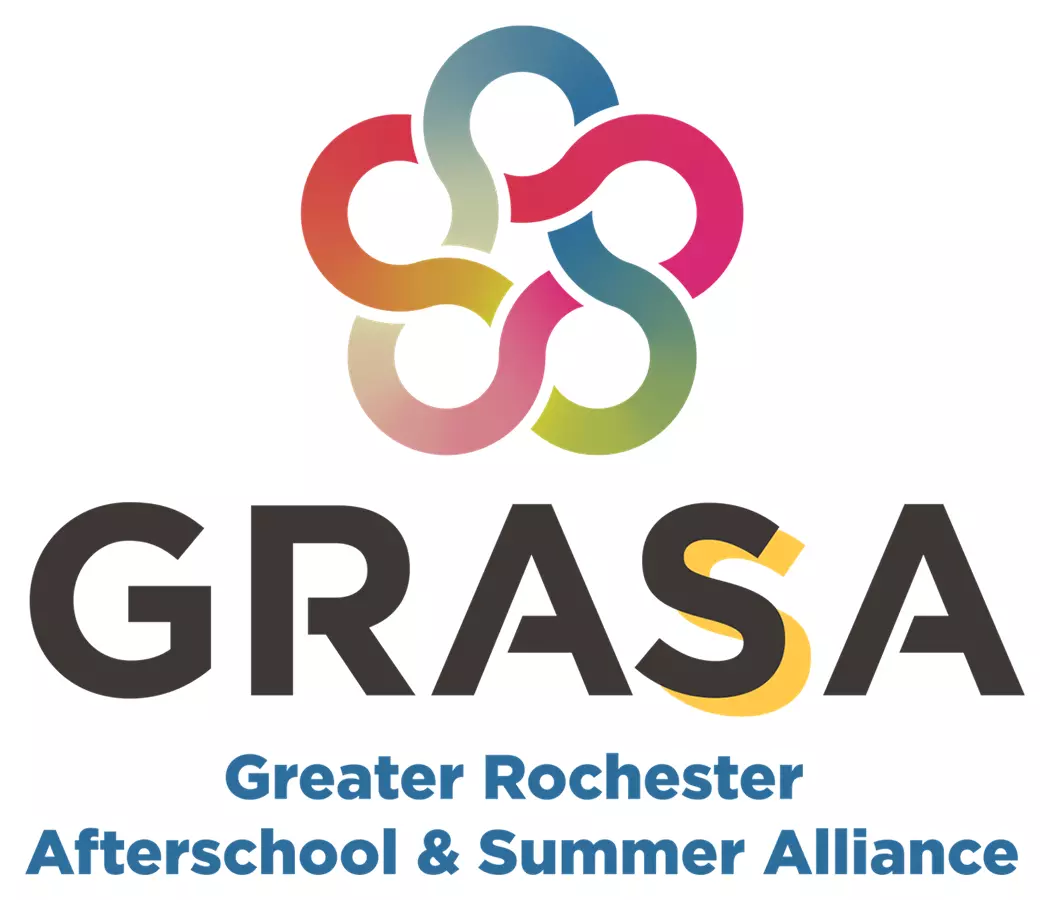
How to increase equity within and accessibility of out-of-school time (OST) programs for youth was the focus of a 2-year project that CGR, in partnership with RAND Corp., conducted for the Greater Rochester Afterschool & Summer Alliance (GRASA). The project included a local and national scan of OST systems, and a process to design a more coordinated, accessible and equitable system. We focused on a community-centered approach, beginning with the creation of a Community Advisory Group including youth and parents that participated in the project throughout its 2-year duration and including the development of a Community-Based Participatory Research Subgroup, which took part in designing and conducting local research. The project incorporated input and data from 150 youth, 200 parents, about 50 program providers, and was informed by lessons from OST organizations in 10 cities. This project concluded with a concrete set of priorities and high-level action plan, detailed in the report, that will guide the community over the next four years to make strategic investments in the OST system and work collaboratively to increase equitable access and ensure ample opportunities for children and youth to be productively engaged in the many hours they are not in school.
Buffalo Youth Employment Project
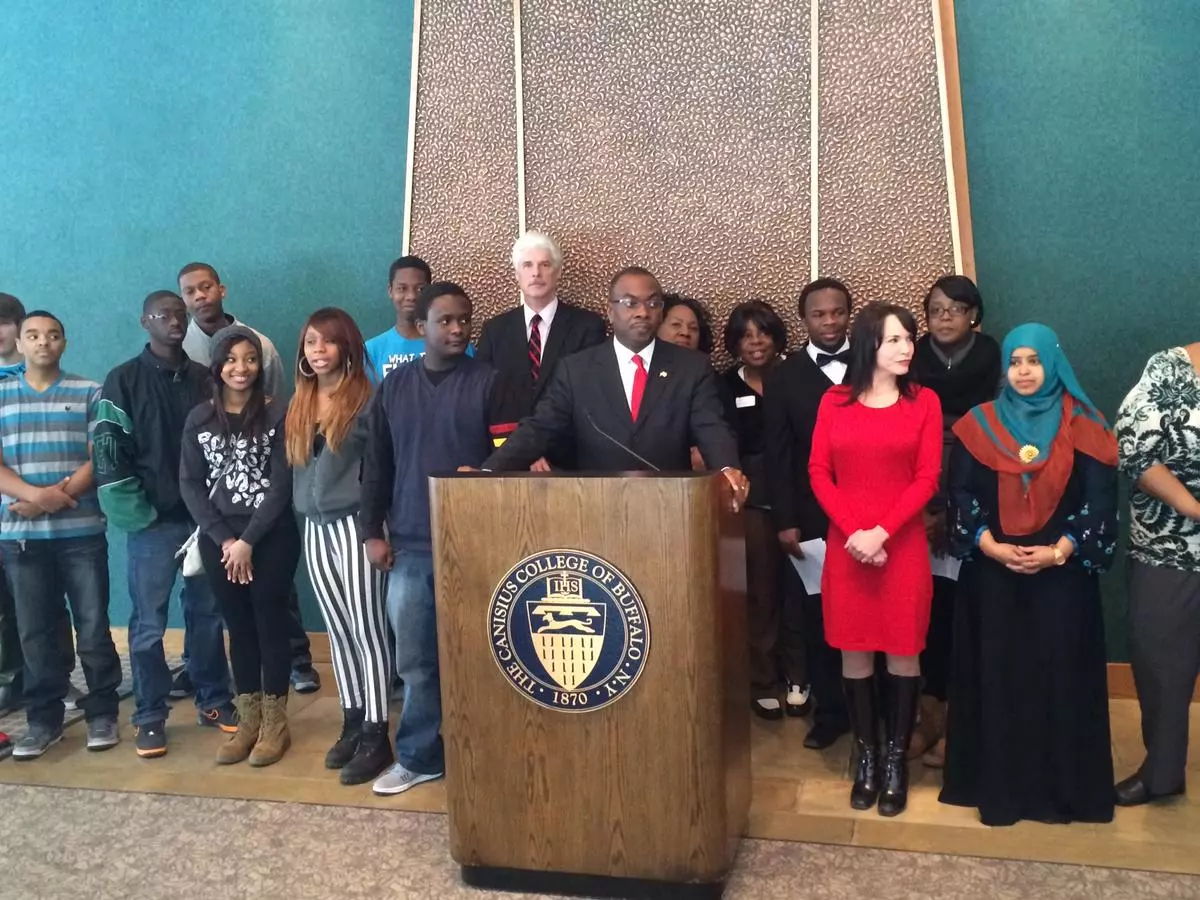
The Community Foundation for Greater Buffalo, Buffalo Mayor Byron Brown, the Buffalo Niagara Partnership, Say Yes Buffalo and the John R. Oishei Foundation commissioned CGR (Center for Governmental Research) from July 2019 to January 2020 to document Buffalo’s youth employment landscape to inform efforts to improve opportunities for youth (14-21), especially youth of color. CGR compiled data and perspectives from youth employment providers; conducted two focus groups with youth, including those who had and had not participated in youth employment programs; researched best practices and emerging approaches in youth employment; and worked with Buffalo-area stakeholders to select three cities (Cleveland, Philadelphia and Seattle) for more in-depth research. CGR created an inventory of Buffalo’s youth employment providers as well as a report that characterized the current state of youth employment, gaps in services, best-practices from other cities and recommendations to inform a more coordinated system.
THRIVE Buffalo Evaluation

The THRIVE Buffalo initiative was established with Empire State Poverty Reduction Initiative (ESPRI) funds to reduce poverty, provide supports to address employment barriers (e.g. transportation and childcare) and increase access to jobs with family-sustaining wages via a holistic workforce development pipeline and supportive services approach. CGR used a mixed method research strategy to evaluate program outcomes. Participant data extracts were analyzed to ascertain background information, employment status, services and supports used and job placement outcomes. Stakeholder interviews with partner organizations, employers and participants provided insights about program implementation, quality of program components and impact. Surveys were also used to gauge participant experiences. THRIVE served 358 participants through recruitment and outreach activities. The majority of participants were African American (75%), female (60%), and employed either full or part-time (55%). Lack of information and transportation were the top two employment barriers. Wraparound supports provided the necessary resources needed to obtain and keep a job with over 40% of participants receiving at least one wraparound support (e.g. transportation and emergency funds). Thirty-eight percent (137 out of 358) of THRIVE participants were placed in jobs. All of the white program participants were placed in at least one job. In contrast, 39% of African Americans and 28% of Hispanics obtained one or more jobs. THRIVE’s job retention rate was 83% at 30 days, 49% at 60 days, 24% at 90 days and 8% at 180 days. Participant survey and interview responses indicate that THRIVE wraparound supports provided them with the most value. Financial education and coaching provided participants with important economic tools. THRIVE confronted a number of implementation challenges including lack of program coherence, leadership conflict, inconsistent program expectations, limited accountability, job availability and key partner departures.





